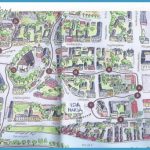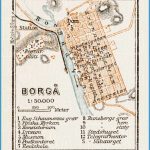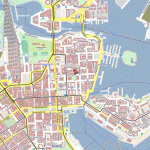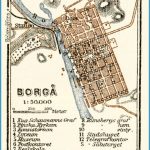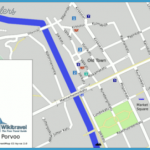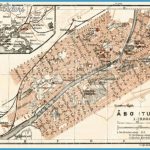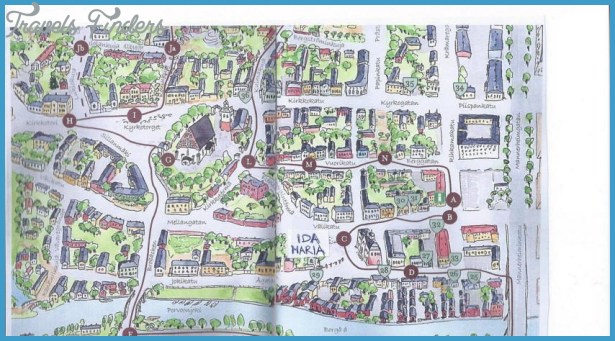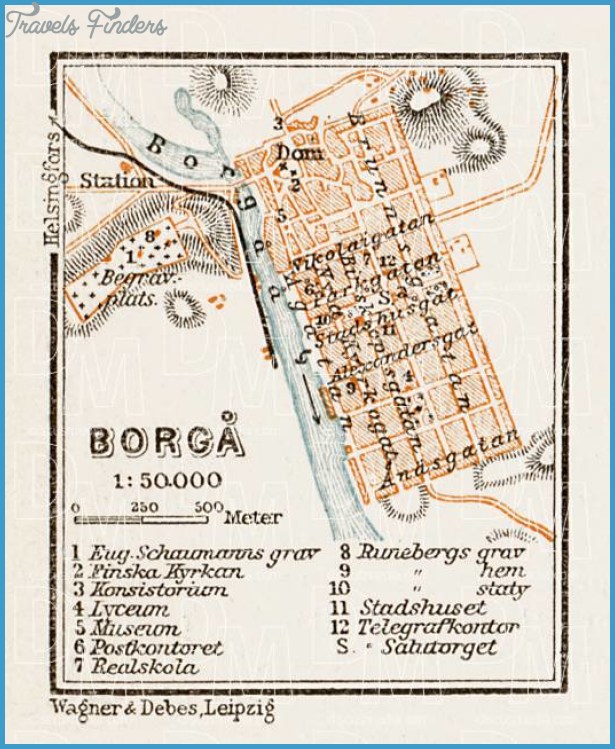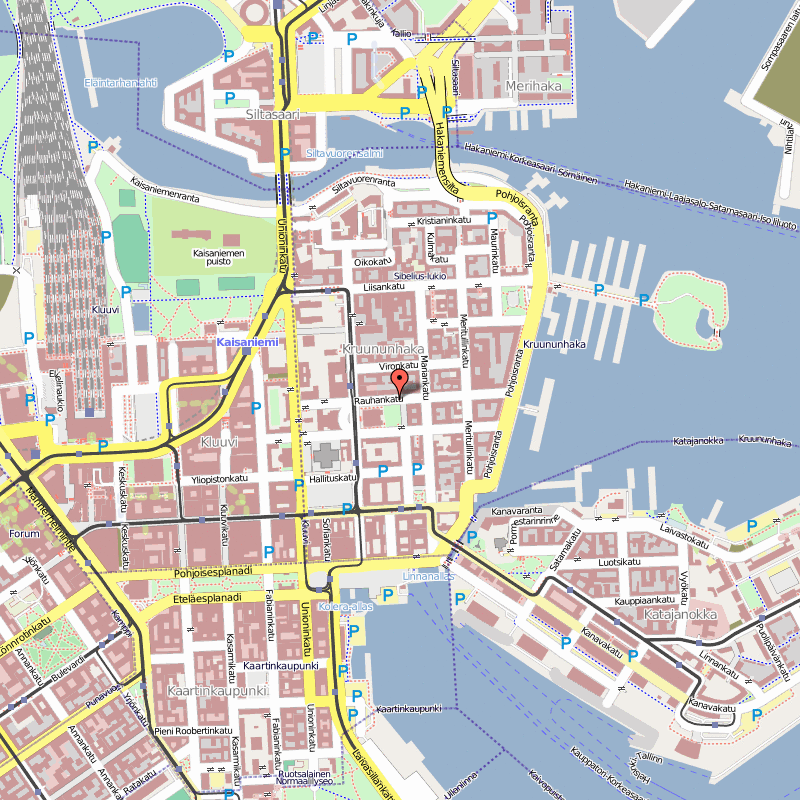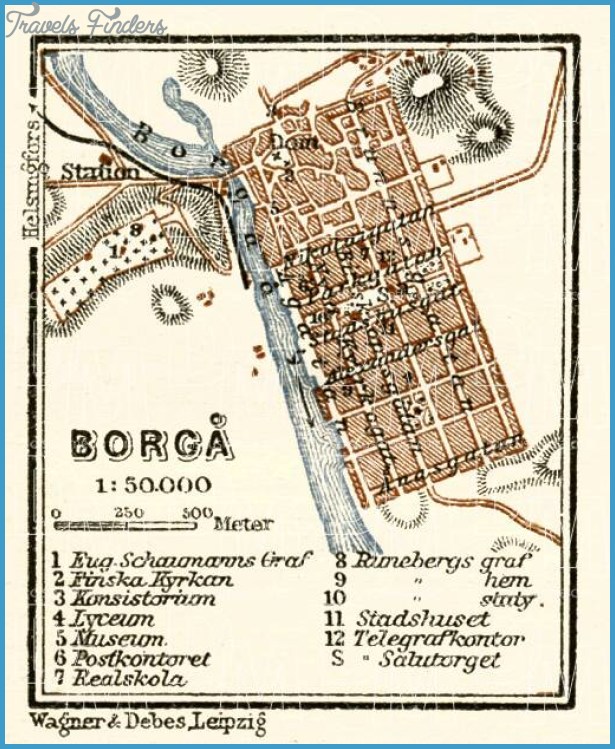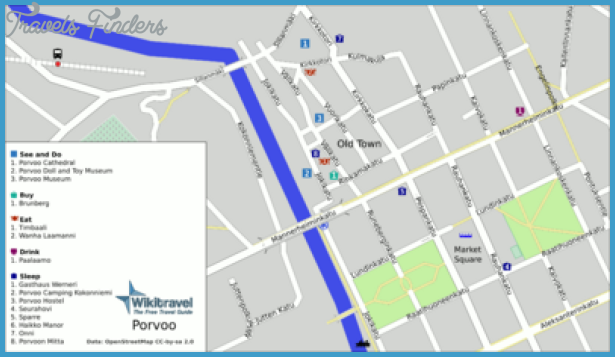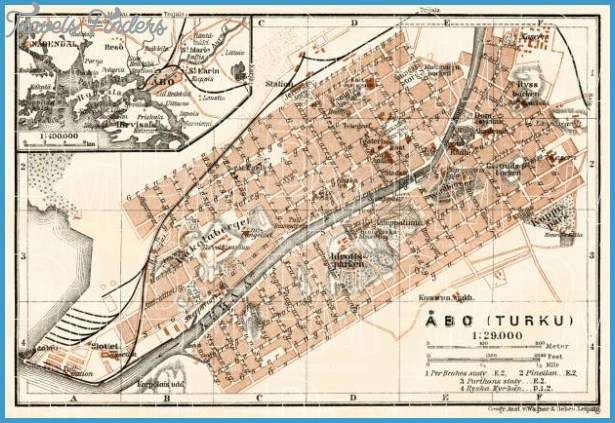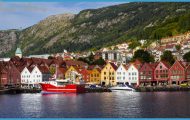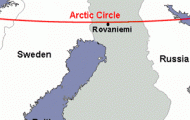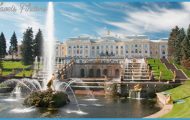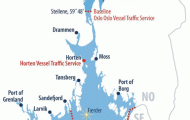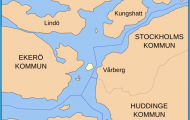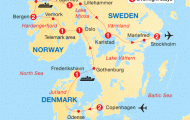Province: Uudenmaan laani (Nylands lanUusimaa). Altitude: sea level. Population: 20,000.
Postal code: SF-06100. Telephone code: 915. Kaupungin Matkailutoimisto (Municipal Tourist Information Office), Rauhankatu 20; tel. 14 01 45.
Market Square, Pori
HOTELS. Seurahovi, Rauhankatu 27, 58 Herlevi, Runeberginkatu 33, 46 Grand, Raatihuoneenkatu 8, 25 b. Haikko manor-house hotel, SW of town, 300 SP. YOUTH HOSTEL. CAMP SITE.
EVENTS. Cycle race (June); Porvoo Day (June); Postmaki Festival, with theatre performances, folk music and folk dancing (July).
SPORTS and RECREATION. Tennis, squash, riding.
Porvoo (Swedish Borgci) is located 50 km (30 miles) NE of Helsinki, on the left bank of the Porvoonjoki (Swedish Borgaa), near the mouth ofthe river, which flows into an inlet in the Gulf of Finland. The town was founded in 1346 by King Magnus Eriksson of Sweden, and the population is still 45% Swedish-speaking. In 1 508, Porvoo was burned down by the Danes. It 1723 it became the see of a bishop. In 1809, Tsar Alexander I, who had become Grand Duke of Finland underthetreaty of Frederiks-hamn, received the homage of the country here. Porvoo was the birthplace of the sculptors, W. Runeberg and V. Vallgren, and the home of a number of other artists. A major portion of the town’s economy is contributed by the oil port of Skold-vik, around which several industrial enterprises have been established.
SIGHTS. The old town, with its narrow winding streets, is built on the slopes of a hill rising above the river on the N side of Porvoo. Here too stands the small Gothic Cathedral (1414-18; restored 1978), with its decorated red brick gable looking on to the river. In the Rococo interior is a bronze statue of Tsar Alexander I (by W. Runeberg, 1909), commemorating the meeting of the Diet of Porvoo in 1809 (at which Alexander received the homage of the country and guaranteed the inviolability of the Finnish constitution and religion). Adjoining the Cathedral, to the
SE, are the belfry and a small Finnish wooden church (1740); to the S is the Poets’ House (1765). Just N of the Cathedral are the Bishop’s Palace (1 927) and the former Grammar School (1739), now occupied by the Cathedral chapter.
In a square below the Cathedral is the Municipal Museum, housed in the former Town Hall (1764). The corner house to the E of the Museum contains a collection of sculpture by Ville Vallgren (18551940) and pictures by Albert Edelfelt (1854-1905). Some 500 m (550 yds) S, in Runeberginkatu, can be seen a bronze statue of J. L. Runeberg, a small-scale copy of the statue in Helsinki. Farther S, at the corner of Runeberginkatu and Aleksanterinkatu, we come to the Runeberg House, home of the national poet J. L. Runeberg (1804-77), who taught in the grammar school from 1837 to 1 857 and from 1863 until his death was crippled by paralysis; the house is furnished as it was in Runeberg’s lifetime. In the cemetery on the W bank of the Porvoonjoki, on the Helsinki road, are the graves of J. L. Runeberg and the young patriot, Eugen Schauman, who shot the Russian General Bobrikov in Helsinki in
1 904 and then took his own life.
SURROUNDINGS. To the S of the town is a charming scatter of little islands or skerries. 10 km (6 miles) NE is the manor-house of Sannas (1836-7), now recorded as an ancient monument and used as a conference hall.
40 km (25 miles) E of Porvoo is Loviisa (Swedish Lovisa’. pop. 9000; Zilton Hotel, 22 Skandinavia, 36
SP; Motelli Z, 23 Seurahuone, 20 b.), picturesquely set at the N end of the Lovisavik, a long inlet on the Gulf of Finland. Still predominantly Swedish-speaking, the town was founded in 1745 under the name of Degerby; it was renamed Lovisa in 1752 in honour of Queen Luise Ulrike of Sweden, sister of Frederick the Great. In the middle of the town, now a well-known health resort, are the large neo-Gothic church (1862-5) and the Town Hall (1856). Tothe N of the town are the trotting track and near this the Municipal Museum in the old Commandant’s House. On the outskirts of the town are remains of the old fortifications. 12 km (7miles) SE, on the island of Hastholm, stands a nuclear power station.

